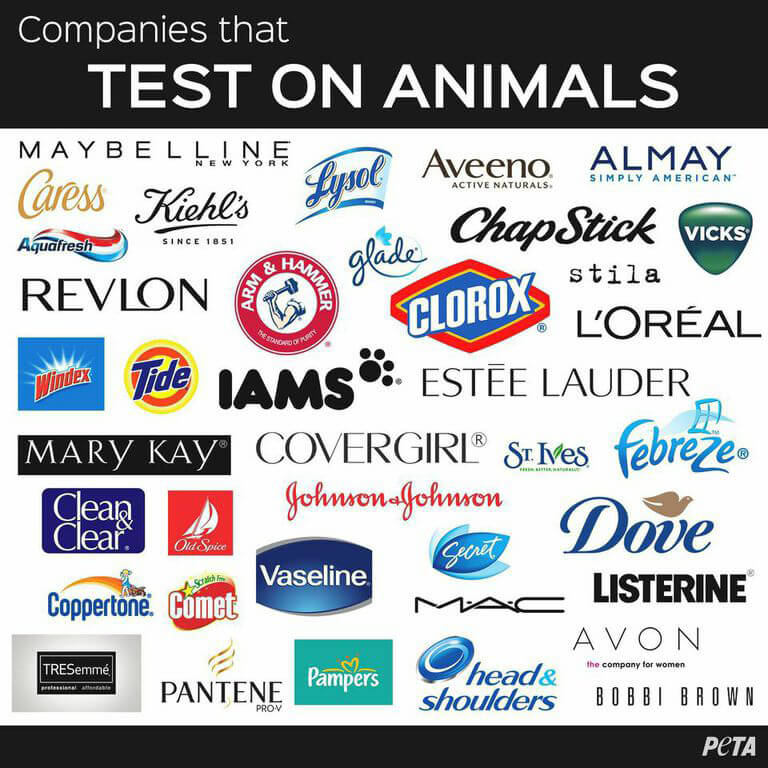 |
| https://upload.wikimedia.org/wikipedia/en/2/2e/Vacanti_mouse.jpg |
Within the United States alone, over one million animals are used for research per year. This number is shocking in itself; however, something more shocking is that this number excludes all mice, rats, and select other animals. An estimation of the number of mice and rats used in experiments per year within the U.S. alone is over 100 million (http://www.peta.org/issues/animals-used-for-experimentation/animals-used-experimentation-factsheets/animal-experiments-overview/). The reason these animals are not regulated? According to Congress, specific species of mice and rats are not considered animals. Mice and rats are not protected under the Animal Welfare Act, which helps regulate the treatment of animals used in experimentation to some extent. Something even more shocking than the number of mice used in experiments is that, for every one mouse used in certain research, another ninety-nine will be killed because of low success in creating certain strains of mice (Hal Herzog's "Some We Love, Some We Hate, Some We Eat").
Slow but positive change is occurring. Politicians are beginning to take a stand against animal testing. This movement has not been extremely popular within Congress yet, but it is starting. For example, one politician is asking for greater regulation of mice and rats within research (http://www.peta.org/blog/congress-member-takes-action-for-mice-and-rats-in-laboratories/). Additionally, animal rights supporters actively boycott animal testing by their words and actions. Something you can do to stand against animal research is buying products from companies that do not animal test. Google is a valuable tool in finding these companies, as well as listing companies that do animal test. The following picture shows some popular companies that animal test. Most likely, you use products from some of these companies. However, there are many natural alternatives to using these products that support the lives of animals.
 |
| http://www.peta.org/wp-content/uploads/2015/03/nTUy1Cq2cI1Y_9_GKdOEQU3Up394YML2Kyb94Of4Qfg.jpg |
Information about mice and rats in research: http://www.peta.org/issues/animals-used-for-experimentation/animals-laboratories/mice-rats-laboratories/
No comments:
Post a Comment